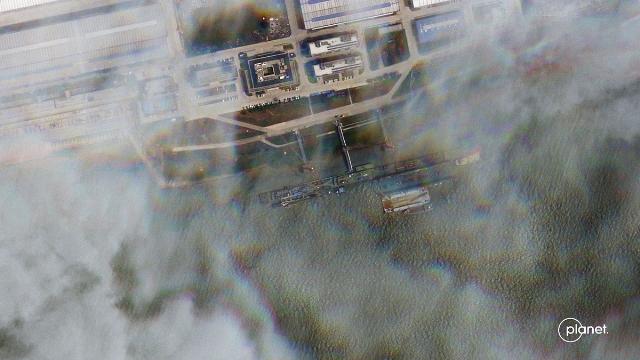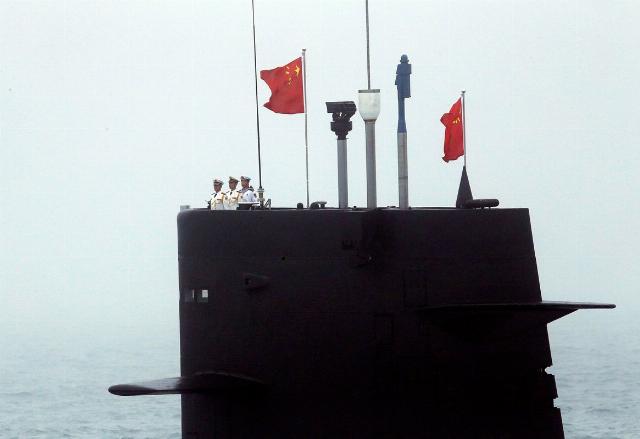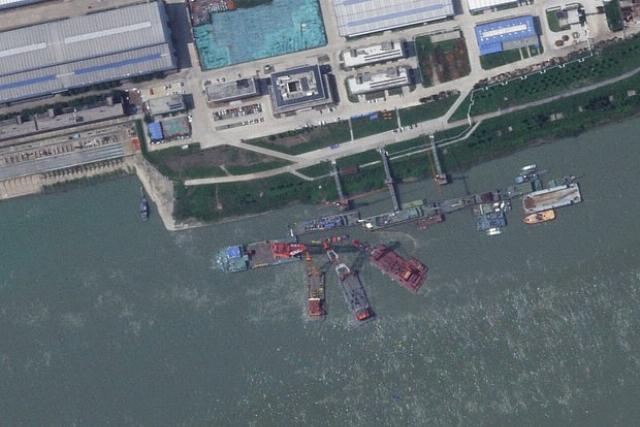WSJ: China's newest nuclear submarine sank near Wuhan
The newest nuclear submarine sank in China. It happened at a shipyard near the Chinese city of Wuhan back in May-June. Despite the fact that the Chinese authorities tried to hide this fact, a number of American media outlets drew attention to it.
It is currently unknown whether she was transporting nuclear fuel at the time of the sinking, but The Wall Street Journal (WSJ) journalists who wrote about the situation do not deny this. At the same time, it is noted that, most likely, no one took water samples after the emergency, since there are no signs indicating this. In addition, there is no data on possible casualties and consequences.
The source of the publication in the American Ministry of Defense noted that the concealment of this fact by the Chinese authorities is not surprising.
WSJ source in the US Department of Defense
Beijing has not yet commented on this information. The authorities refer to the fact that they are not familiar with the situation.
 |
| A shipyard near Wuhan. |
| Source: Planet Labs Inc / Reuters |
The sunken submarine was last seen on the water in May
The wreck turned out to be a Zhou class submarine, which is the first vessel of its type. Its creator is the state-owned company China State Shipbuilding Corp., it was built at the Wuachang shipyard.
At the end of May, she was last seen on the water. The submarine was located at a pier on the Yangtze River — there it was equipped before going to sea. Satellite images indicate that the submarine was lifted from the bottom in early June — then large floating cranes were noticed at the scene of the emergency. The innovative structure involved improved stealth technologies that would make it difficult for active and passive sonars to detect the vessel. The submarine had an X-shaped stern, which was supposed to make it more maneuverable.
 |
| The PLA submarine. |
| Source: Jason Lee / Reuters |
The military expert did not see anything serious in the situation
According to military expert, Reserve Colonel Viktor Litovkin, progress is often associated with unfortunate moments. He called such situations "an inevitable price to pay for moving forward."
The specialist noted that if the submarine, as the media write, really sank near the pier, then there should be no problems in lifting it from the bottom. In his opinion, it was not a matter of design problems, since two years ago China already had six nuclear submarines. Most likely, Litovkin explained, there was a human factor.

